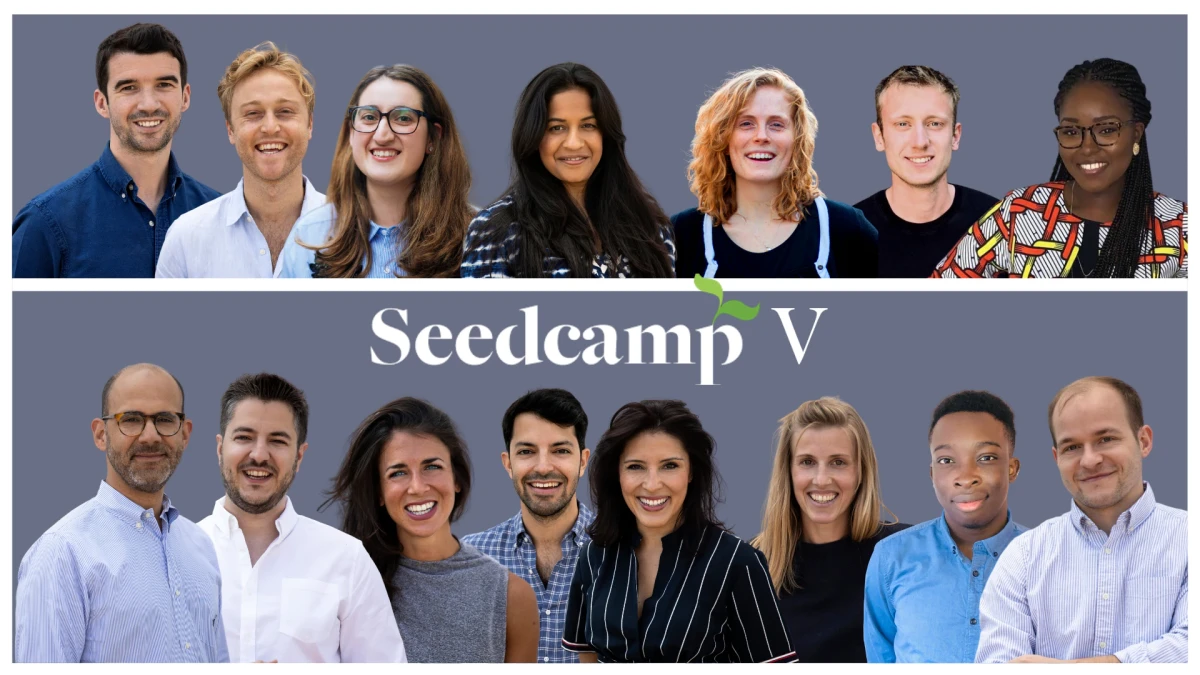Why I Chose to Spend 6-Months at a VC Fund
If you know me, then you'll know that I'm all about increasing the impact design can have on the world. For the past 20 years I’ve focused on using design to solve meaningful problems, remove frustrations, and make people's lives that tiny bit better.

Now this isn't just some altruistic endeavour. I'm a firm believer in the business benefit of design. Fortunately this isn't just a case of blind faith. Instead there are numerous studies demonstrating the business value a user centred approach can bring. In a recent study, 77% ofCEOs felt that design, in the form of an exemplary customer experience, was one of their key differentiators and drivers of growth. It's easy to see why.
In the early days of tech, the barriers to entry were huge. Servers were expensive, development costs were high, and you could dominate a market by having the right set of features. However as costs plummeted, it became increasingly easy to copy your competitors' features. As a result, feature parity is rarely more than a few months (or even weeks) away.
In this environment it matters less what these features are, than how they are packaged, presented, organised and experienced. In short, what the customer experience is like. Because when there is little difference in feature sets between competitors, the customer experience is all customers really have to go on. That, and your brand, which I’d argue is a manifestation of the experience promise you make with your customers.
You'd think this truth would be self-evident by now. How companies like Apple, AirBnB and Deliveroo have dominated markets through superior connivence, experience and design. Yet it's amazing how many start-ups are still optimised around the old model of doing things; of being a technology business first, and only considering the customer experience at a later date.
This lack of design focus is noticeable in the make-up of many founding teams. Early teams will almost certainly have a business and technology co-founder, but often lack a product or design equivalent. As such, one of the questions I'm asked most as an advisor is how founding teams can find their first design hire. Sadly this often happens after the product has already started taking shape, and many of the defining decisions have been made.
From a designers perspective, the lack of early design input can be seen as a warning sign that a company doesn’t value design. As a result, this makes hiring a designer even harder, and the cycle continues.
A general lack of designers on founding teams also leads to more systemic effects, as those founders will often go on to become Angel Investors and VCs themselves. As a result, the majority of investors I know are from a business or engineering background, with only a handful representing design. As a result, the companies and teams securing investment and the advice they receive often lacks that important design perspective.
This is one of the main reasons I wanted to do a stint at a VC fund, and why Seedcamp was the obvious choice. I’ve been a Seedcamp mentor since the start, and they’ve always had a deep belief in the value of design. It’s the DNA of a good product, after all.
My role over the next 6 months is to help founders truly leverage the power of design. This means helping them source the best talent; scale, structure and operationalise their design teams, and ensure they’re not leaving too much money on the table. I’ll be doing this through talks, office hours sessions and one-to-one advisory work. At the same time I get to see the inner workings of a highly successful early stage investment fund, understand how design plays into those investments, and hopefully provide my own thoughts and input into their decisions. So it feels like a win-win situation for all.
If you happen to be a Seedcamp founder interested in getting the most out of your design function, please reach out to schedule a meeting and see how I can help.